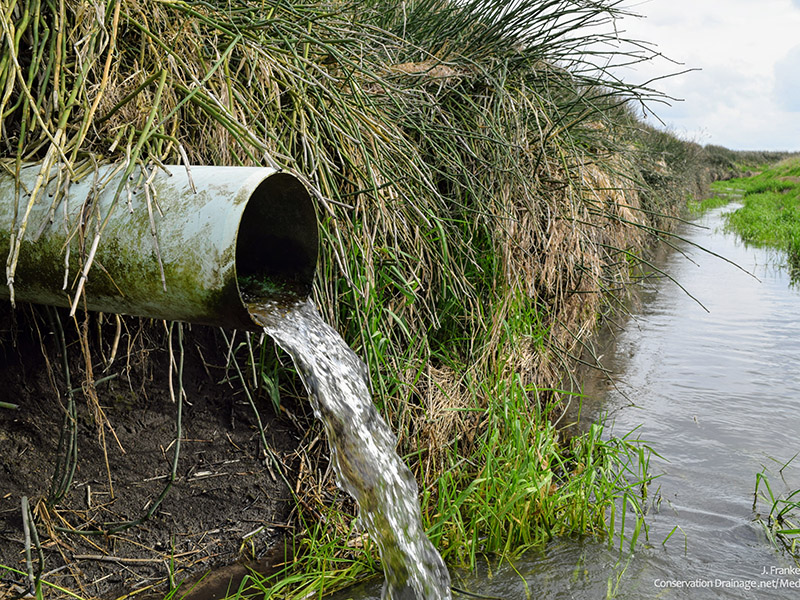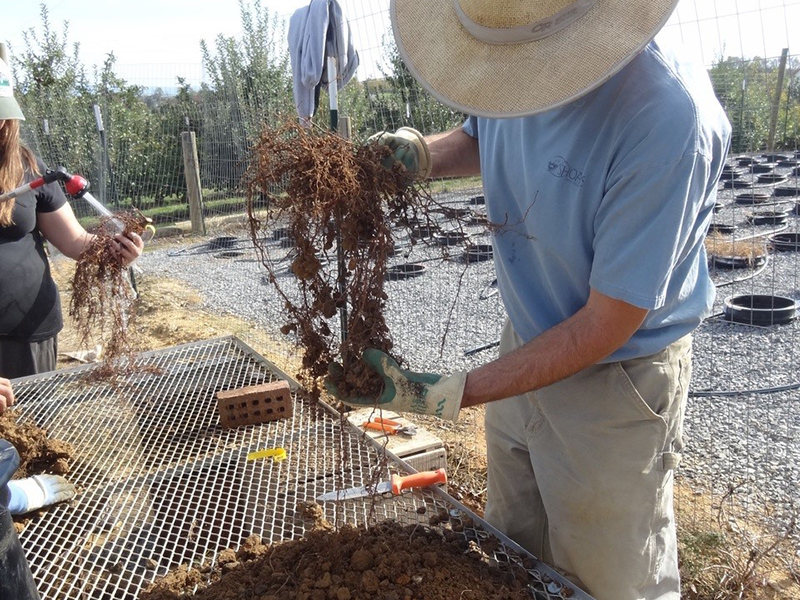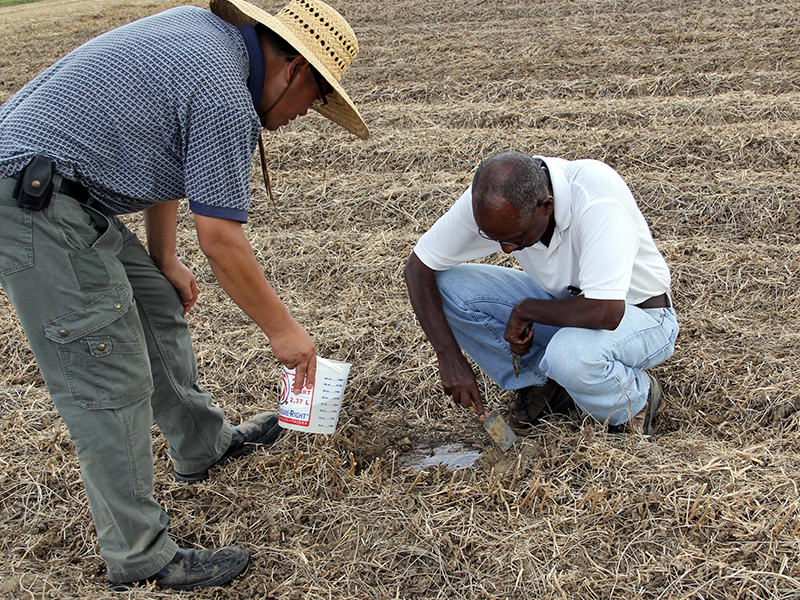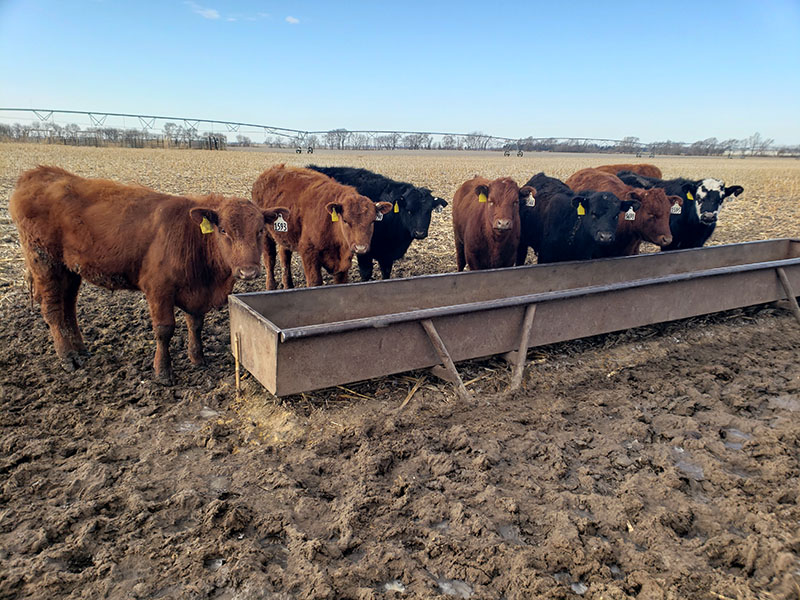Soil Science

As most kids know, a big pile of mud can be a load of fun.
But not for farmers. Muddy fields mean too much water. And too much water means crops might not grow well.

As the saying goes, an apple a day keeps the doctor away. But what’s the key to growing a quality apple?

Apple trees need access to important nutrients, which come from the soil. However, soil is quite different from orchard to orchard.

The United States grows a lot of corn and soybeans. Some researchers think it’s a good idea to add wheat into that mix.


Each year, American farmers raise billions of chickens, more than enough for a “chicken for every pot,” as Herbert Hoover’s campaign once promised.

In the dry air and soil of Texas’ Southern High Plains, improving soil health can be tough. We usually think of healthy soil as moist and loose with lots of organic matter. But this can be hard to achieve in this arid area of Texas.


When most people hear “food contamination,” they think of bacteria present on unwashed fruits or vegetables, or undercooked meat. However, there are other ways for harmful contaminants to be present in food products.


By late fall, much of the Midwest is a pleasing landscape of dry, harvested corn fields. It makes for a bucolic rural scene on highway drives. But the corn litter that’s left over doesn’t seem useful, at least to untrained eyes.


Drought stress has been a major roadblock in crop success, and this obstacle will not disappear anytime soon. Luckily, a dynamic duo like Batman and Robin, certain root-associated microbes and the plants they inhabit, are here to help.


A favorite healthy snack, almonds are a staple on grocery store shelves worldwide. More than 80% of these almonds are grown in California. As permanent crops, almond trees have unique needs and challenges for farmers.


